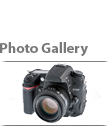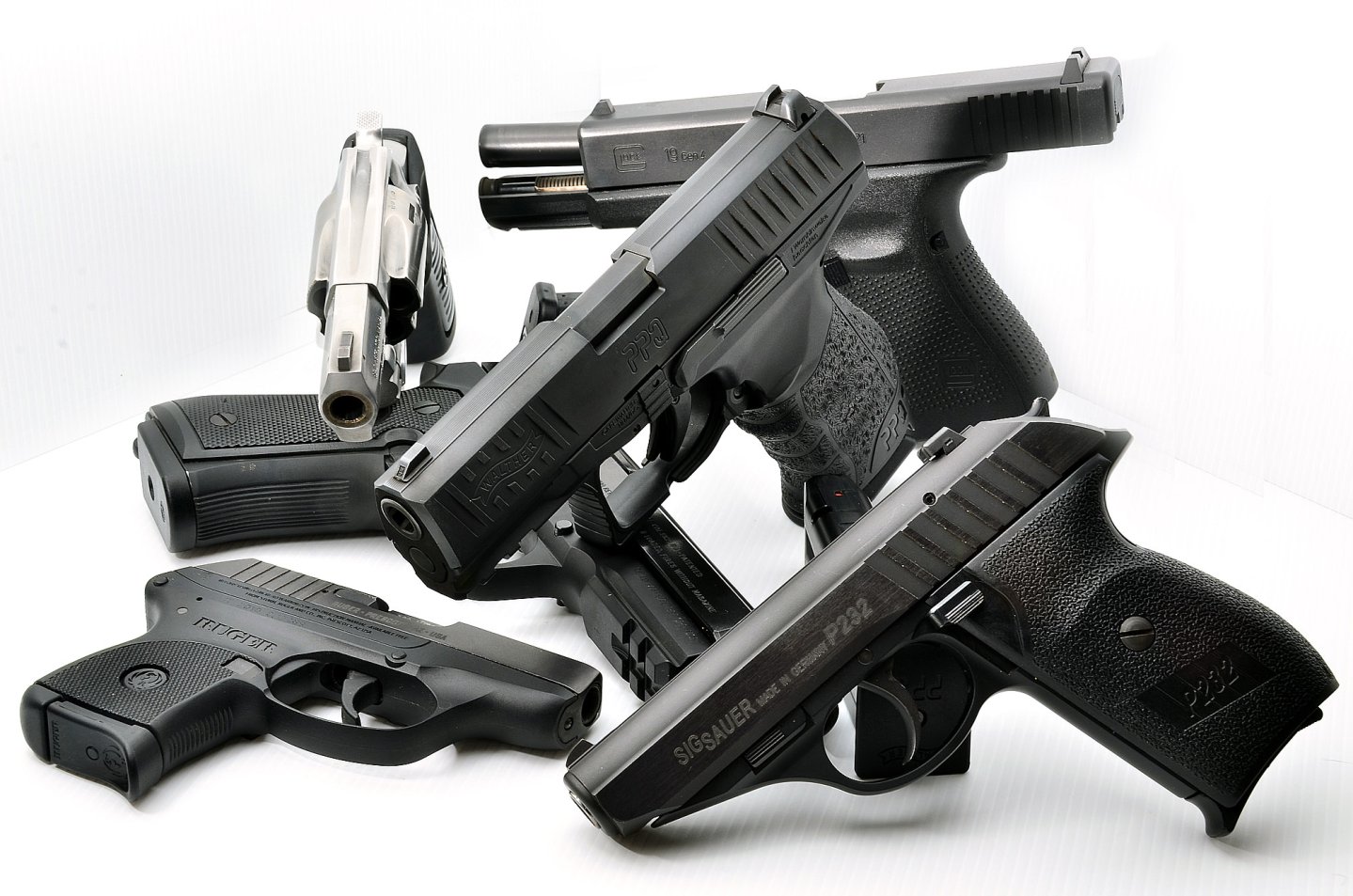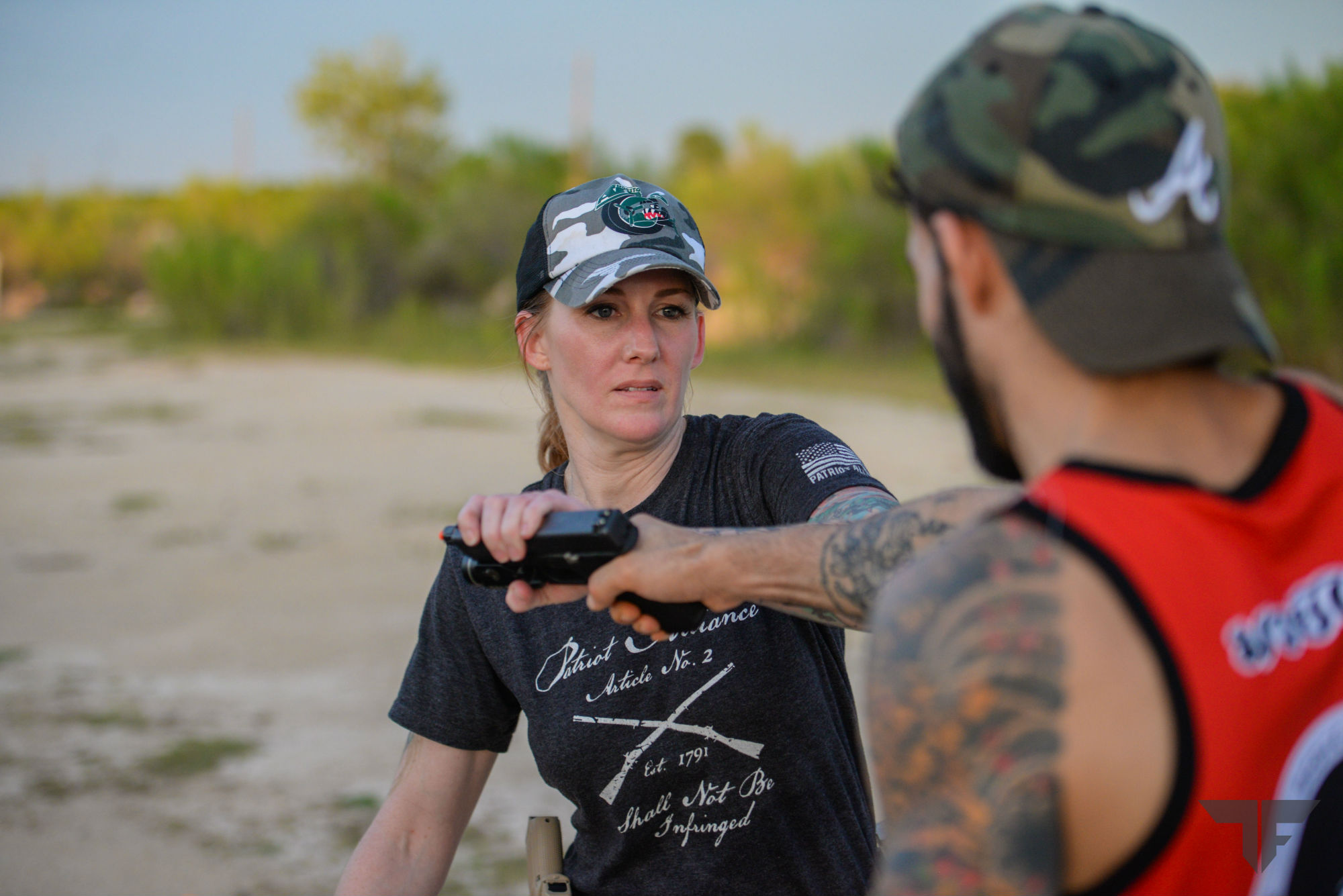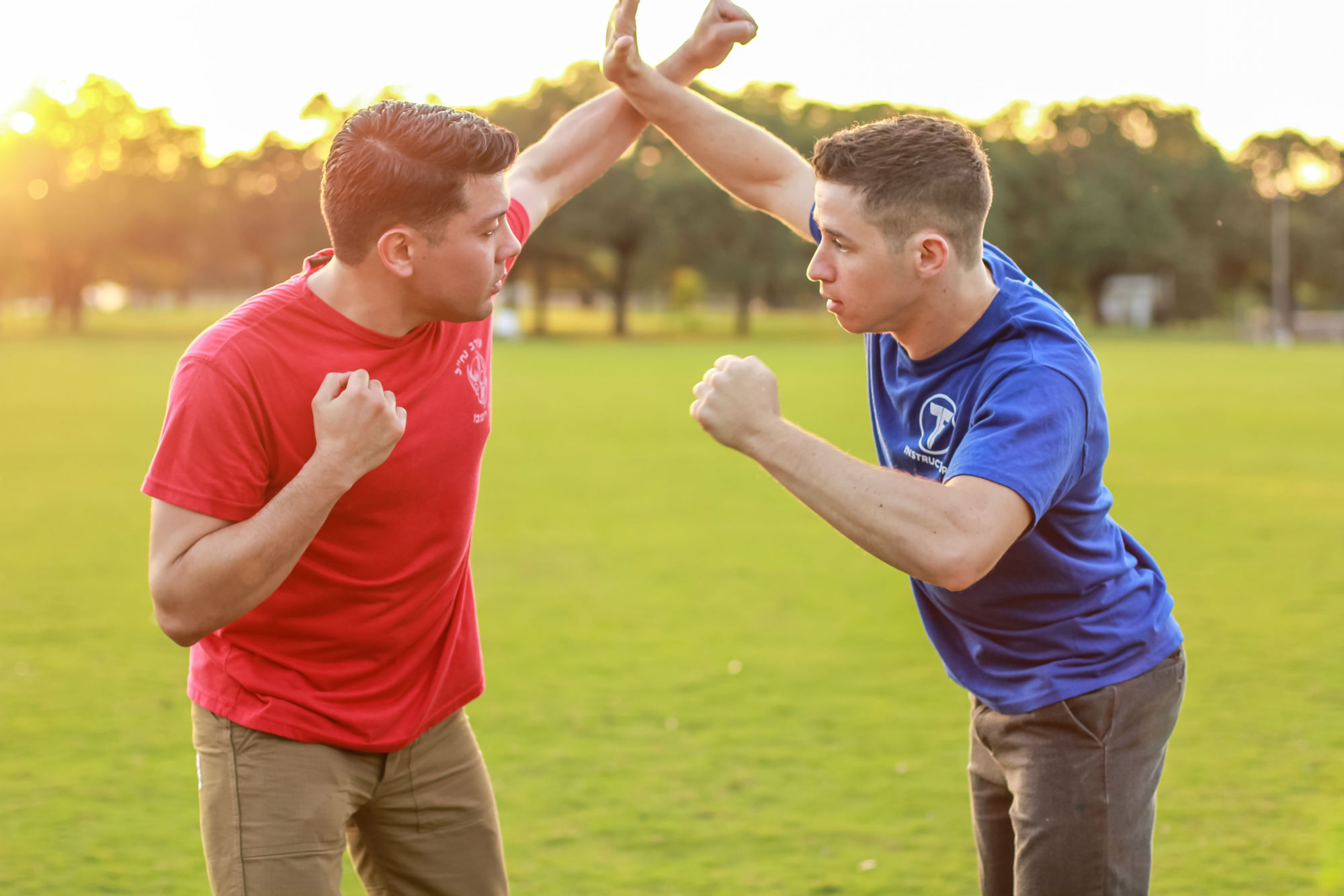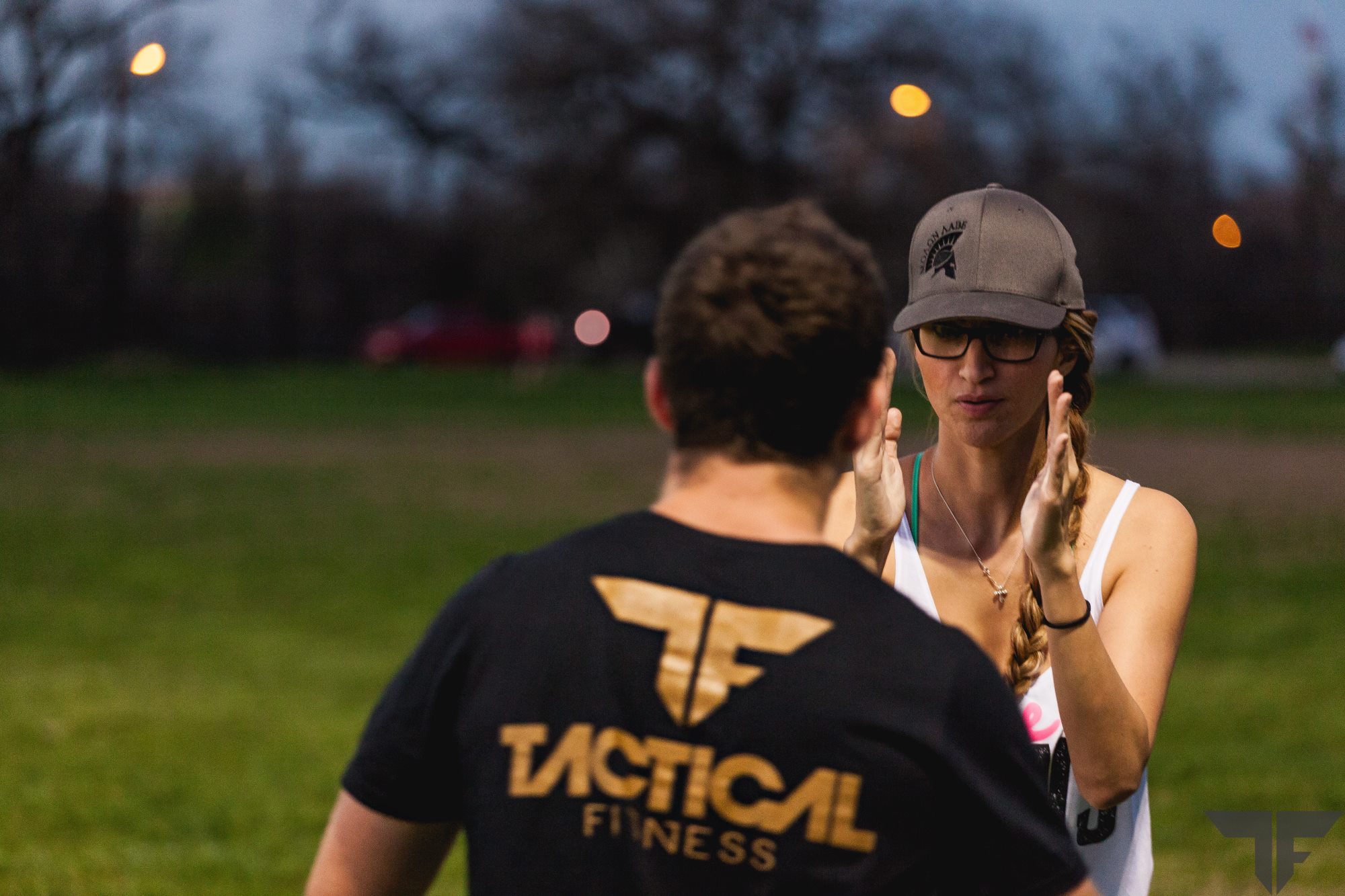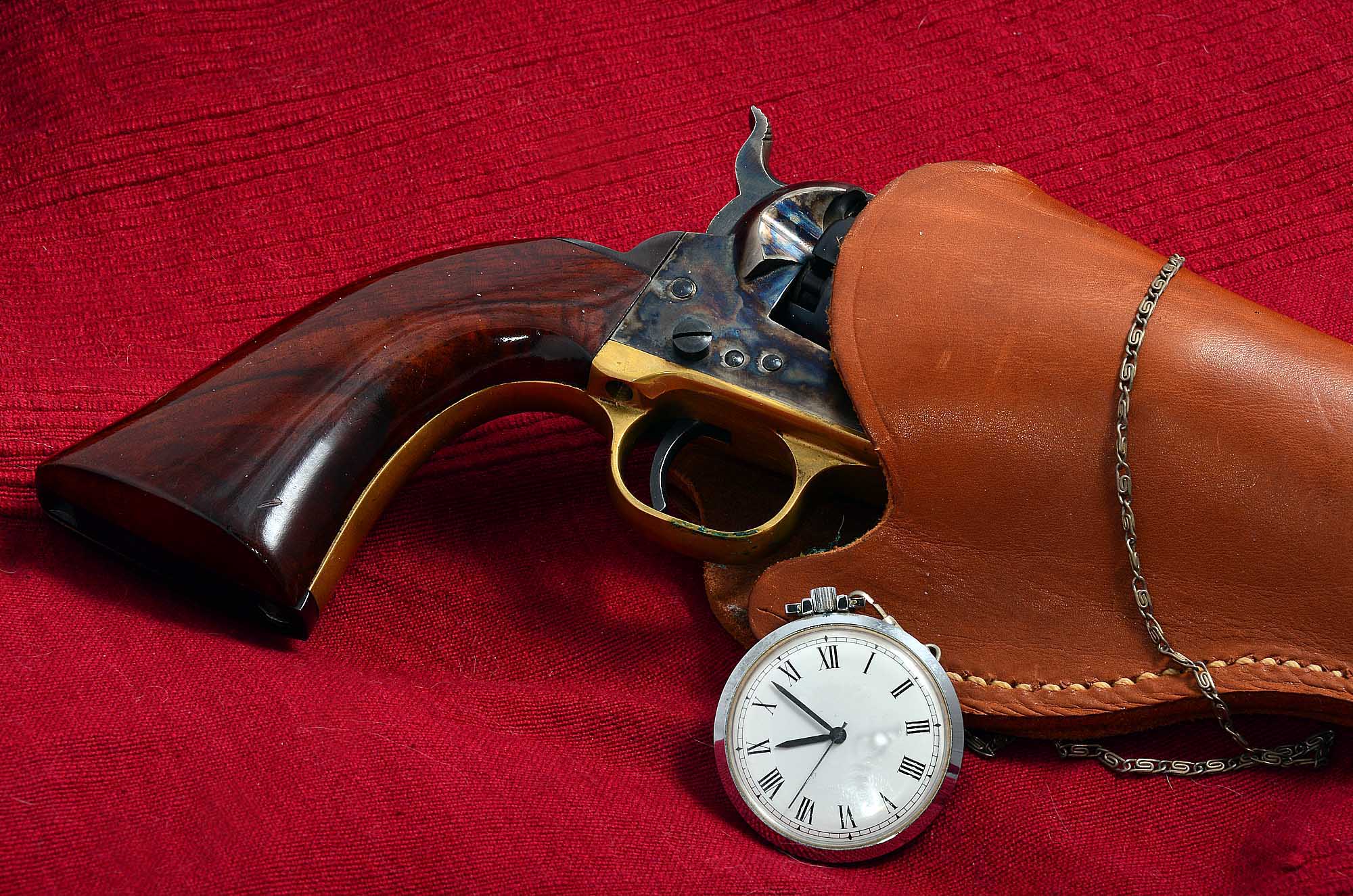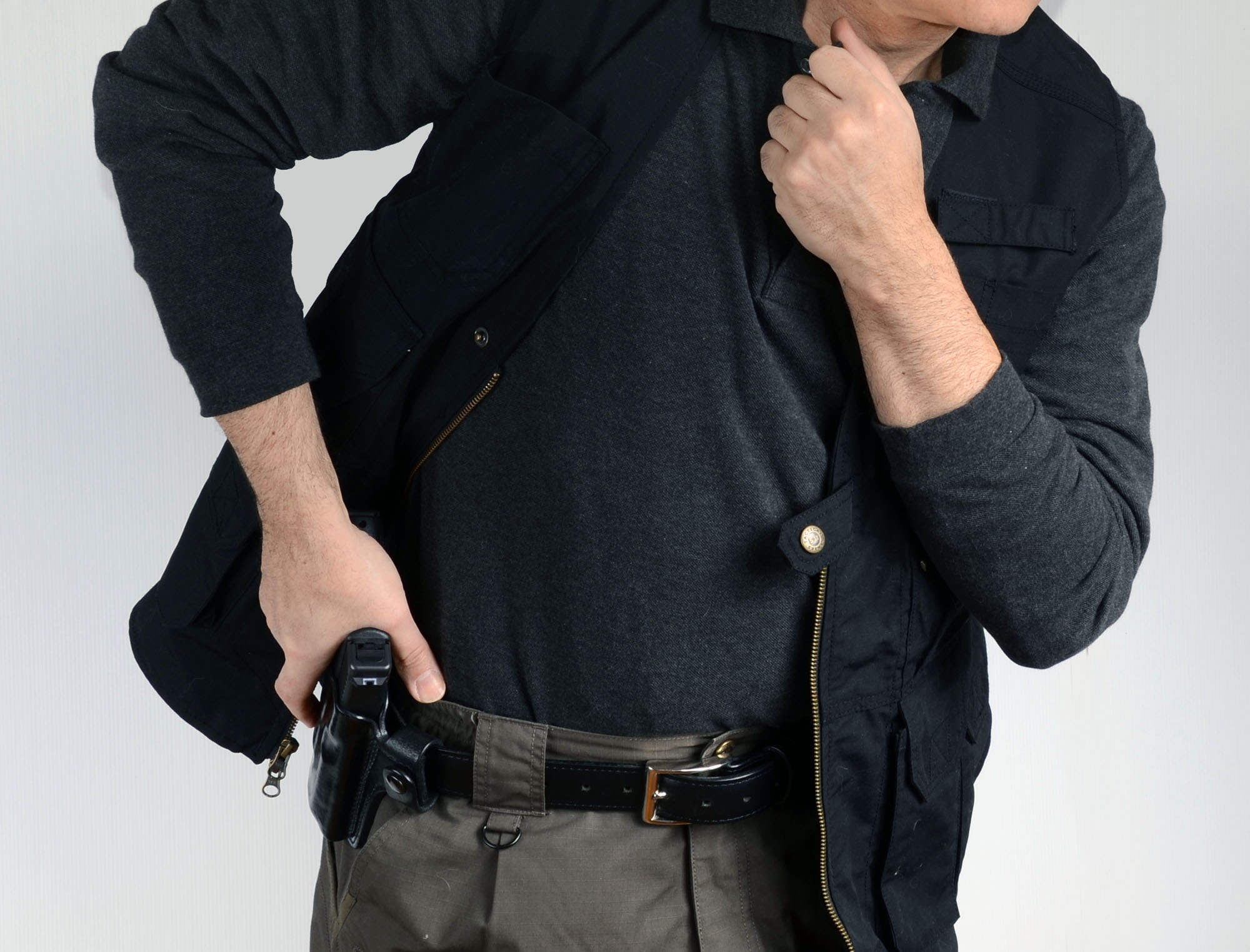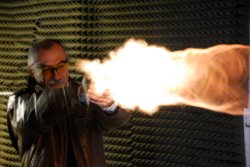
It happens many times to newbie shooters: getting tricked into purchasing a cool-looking or a cheap pistol, then having to sell it away and purchase another one because of how quickly they'll find out that the choice was less than perfect for their sport. If the pistol or revolver you're going to purchase isn't meant for range practice but for personal, home and property defense, the choice must be even more deeply meditated!
Example given...
Let's just say that a first-time gun owner, with very little or no shooting experience at all, gets tricked in purchasing a 6,5” (16,51 cm) barrel, .44 Magnum revolver like the one used by Inspector "Dirty Harry" Callahan. Being a newbie, he or she won't know that the kinetic energy of said ammunition is too heavy and is thus not allowed for practice in some indoors shooting ranges; the newbie won't know that the .44 Magnum caliber is overkill for home defense as it will easily bust through non-bearing walls, that its blast may cause ear damage, that its heavy recoil may damage the hands and wrists of a non-prepared shooter, and that the muzzle flash will leave whoever is unwise enough to shoot it in the dark with a temporary blindness.
And how about accuracy? The .44 Magnum is one of the world's most accurate rounds, but only for those shooters who can handle it. And don't even think about concealed carry: it's as heavy as a flat-iron and will be impossible to hide under a jacket, even with a specific holster.
Lesson learned: these fancy guns, if purchased un-wisely, will probably get old in the safe or will return back to the gun shop, where they will be sold as "almost new" to somebody else. A good way for the gun shop owner to make some profit, a bad way for you to spend yours.
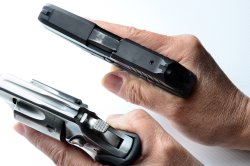
Semi-automatic pistol or revolver?
Now, that's a matter for discussion. Despite sporting a low ammunition capacity, the revolver is known for offering "superior reliability" over semi-automatics.
That may have been partially true in the past, but now, with the higher levels of technology implemented in gunmaking for semi-automatic pistols over revolvers, most malfunction in semi-autos are caused by bad quality ammunition.
As far as concealed carry goes, the most classic 5-rounds, snub-nose .38 Special revolvers are wider than most pocket-size pistols out there. The typical revolver trigger system − a constant double action with the possibility to cock the hammer manually for a single-action shot − should be seen more as going against it than for it: in self-defense engagement, there will probably be not the time, nor the clarity of mind to fire a revolver in any other way than in double-action only.
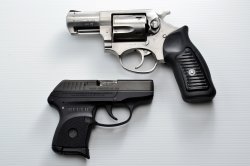
Anyway, revolvers are still today more than perfect for personal, family, household or property defense, thanks to the plethora of calibers in which they are available. The fact that safe handling of revolvers is easier to teach than safe handling of semi-automatic pistols − there are less variants to consider! − is a factor not to be underestimated: there's no need to perform a magazine and chamber check, only the status of the revolving cylinder should be cleared.
Oddly enough, however, those who choose a revolver often go for it because they don't trust semi-automatic pistols to be carried with a chambered round − and yet they don't consider that, once the cylinder is loaded and locked, the revolver is ready to be fired upon trigger pressure, just like a locked-and-loaded semi-automatic pistol!
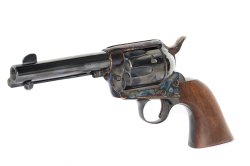
Antiques are better off in museums
More often than not, you'll find gun shops offering antique semi-automatic pistols and revolvers, relics from the Second World War, and modern replicas thereof.
It doesn't matter if they're original models or modern knock-offs: they're delicate and less functional than modern pistols for modern-day defensive purposes. In the best case, they were conceived for tactical and firing doctrines that are outdated or can't apply to modern-day personal or property defense; in the worst-case scenario, these should be in a museum.
As appealing and historically significant as they may be, we warmly advise you against using them for defensive purpose, unless you have no other choice. Betting your life on a pistol that's been built 80 years ago and has been used in a couple of wars since then may turn into a disaster should you experience a malfunction in a critical moment.
The high number of springs and other sensitive parts − often prone to breaking − of said platforms, and the near-impossibility to know for sure how intensely they have been used should alone be a reason to send our old Walther P.38s, Luger P.08s and Colt "Peacemakers" in the safe and opt for a modern, run-of-the-mill polymer-frame pistol instead.
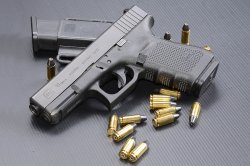
Caveat Emptor: watch out for used guns (even if recent)
Firearms are thermo-ballistic machines. Much like cars, they'll wear out with use − particularly if used too intensely or improperly.
The cosmetic look isn't always a clear signal of the overall stae of a firearm. You may find a well-worn looking handgun whose evident signs of outside wear are due of having been carried in a holster for years but which only fired a couple hundreds of shots all throughout their life; and you may stumble upon almost-new-looking pistols, previously owned by avid sports shooters, that fired thousands and thousands of rounds!
Furthermore, keep in mind that large-caliber firearms may often have been used with hand-reloaded ammunition; and reloaders don't always stick to the suggested parameters, pressures, and loading quantities, this meaning that we may lay our hands on a seemingly brand new gun through which hundreds, if not thousands, of over-pressured rounds were fired.
In this case, the high levels of mechanical stress that the gun underwent is enough to tell that it may not last much. In any case, before you buy, you should check these used guns for a few particular features that may give away a history of excessive use.
Unfortunately, these checks require a certain level of skill to be conclusive, and often they also require an in-depth knowledge of the weapon platform itself. In other words, if you're going to purchase a gun to bet your life upon, you better go for a factory new pistol or revolver.
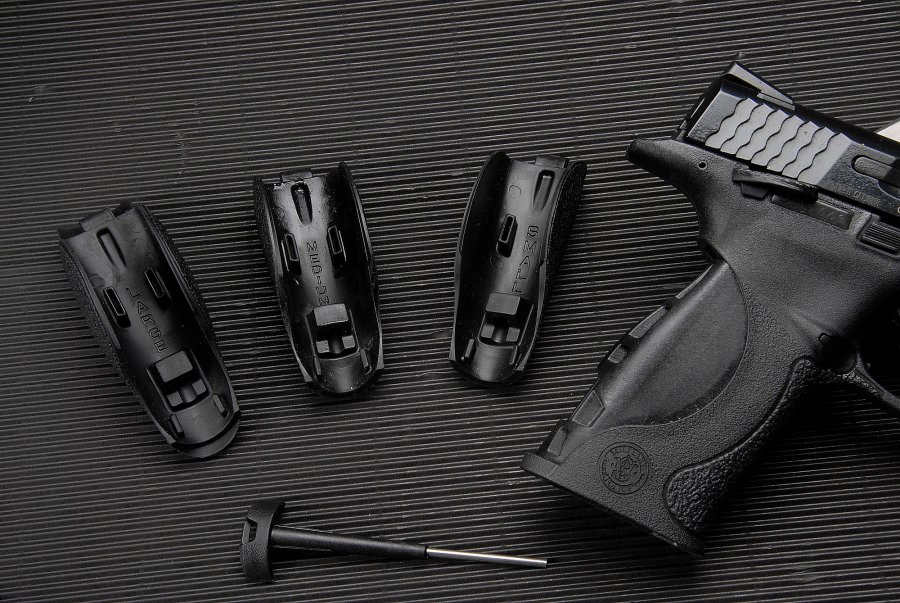
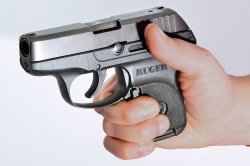
Ergonomics
Those professional operators − Law Enforcement officers, military personnel − who are issued with a service pistol with no possibility of choice must get used to that, and to its pros and cons, no matter what; but there's no reason why an average citizen or a private security operator, who can choose, should choose an inadequate pistol or revolver that doesn't fit his/her physical build.
If the shooter has a small build and small hands, he/she may hardly handle a huge double-stack full-size pistol correctly and achieve proper control on a double-action trigger − most probably his/her finger won't reach the fully extended trigger at all.
Luckily enough, the market is full of pistols and revolvers built to be easier and more comfortable to handle and shoot. Polymer frames with integrated grips, requiring no straps or panels, often offer slimmer, easier gripping.
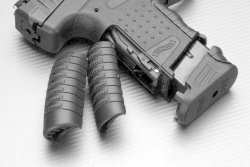
However, the mainstream market is more and more going for interchangeable backstraps, with each single pistol or revolver sample coming equipped with at least three of them, all of different measures, so that the shooter may change the thickness of the grip according to his/her hand dimensions.
When choosing the proper backstrap, the shooter should check whether he/she's able to comfortably and quickly reach all controls without resorting to the weak hand; the shooter should also check that the level of strenght required to cock the slide or the hammer on his/her pistol or revolver is not too high for his/her hand.
Another factor that should be considered is that extremely small-sized, backup pistols may be problematic to quickly draw under stress. When scared, humans tend to loose the sense of tact and muscle coordination due to the release of hormons in the blood stream; in these situations, it may be hard to accurately grip on a small object such as a subcompact pistol.
Last, but not least, is the choice of the design: a concealed carry pistol should be as snag-proof as possible, featuring little or no sharp edges that may be caught in the clothes when the gun is being drawn.
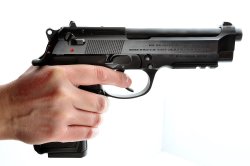
The latest polymer-frame semi-automatic pistols are designed unpo snag-free criteria, and thus have no problem under this point of view; it's thus up to the shooter to prevent creating said problem himself/herself by installing raised or high-profile magazine release catches or sights − useful indeed for sports shooting, but close to zero usefulness, if not counter-productive, for self-defense.
Overall dimensions of the pistol or revolver must be taken into consideration regarding the kind of carry that the shooter will want to practice, whether open (where/when allowed by law) or concealed.
Full-size pistols are mostly conceived for open carry; if worn with summer clothes or tailored suits, a huge full-size, double-stack magazine pistol or large-frame revolver will be close to impossible to conceal. In this case, a compact or semi-compact pistol would be a better choice, as they can also be carried with Inside-the-Pants holsters with little or nodiscomfort at all. Remember: the less comfortable, the highest is the tentation to leave the gun at home.
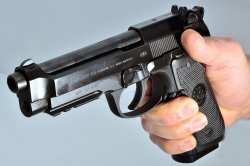
Reliability
That's the first and foremost feature that a firearm must possess. Every time that the trigger is pulled, a round must be fired, period.
This quality is essential if we want to have at least one certainty in self-defense − as the outcomes of engagements is never certain at all. prima caratteristica che deve possedere un’arma. Self-defense guns must be verified, tested and tuned when necessary, along with ammunition and magazines, all of which should have no defect whatsoever. Nothing can be left to case or fortune. Defensive ammunition should be selected by testing several products manufactured by the most widely acknowledged brands, for reliability and quality, until the shooter finds the type that better suits his/her needs.
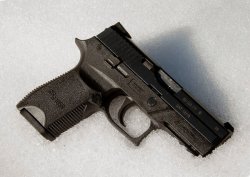
Ammunition reliability tests should be carried out by firing several boxes of ammo from different brands. Shooters should choose their ammunition of choice for defensive purposes between these that gave no problem whatsoever − no error margin on this, that's your life you're putting on the line!
In this phase, newbies would be better off asking for assistance from competent, expert shooters that may help them in identifying and solving any problem that may arise.
Should the newly-purchased gun be found to be defective, the shooter will better return it to the point of sale for a replacement or a full refund; check your local and national laws concerning warranties and returns, and the warranty/return policies practiced by the manufacturer of said gun, as you will most probably be entitled to a full refund, to a free repair or to a free replacement of the gun if it's found to be defective up to a certain time after purchase.
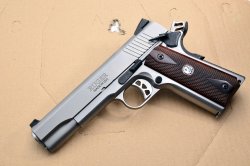
Accuracy
As far as shooting accuracy is concerned, most − if not all − of modern semi-automatic pistols or revolvers are already intrinsically more than accurate for the required standards of personal and property defense, being able of tight groups at short-to-medium ranges with no need of modifications whatsoever.
The only thing you'll actually need is training. So, don't spend all your money to purchase the latest finely tuned custom-grade pistol: spend it rather for ammunition at the range.
Guns are inert, inanimated objects, working according to the user's skills. Without the due training, a shooter won't be able to hit the target even with a 5000€ gun.
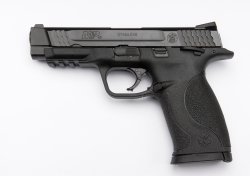
Materials
Modern metalcrafting and manufacturing techniques boosted the reliability of currently-manufactured pistols and revolvers, and the consistency of said reliability over time.
Nowadays firearms are built using high-grade steel, employ metal-injection-molded parts, and fiber-reinforced polymer frames. These modern, alternative manufacturing materials and procedures ensure longer reliability, allowing for a longer service time: this means that guns may be shot more and more without the need of replacement for particularly sensitive or wear-prone parts.
Revolvers are somewhat of a separate chapter. Most modern revolvers − particularly those built by the most dynamic manufacturing companies − are manufactured through the use of innovative materials for this category of guns: aluminium, scandium, titanium, even polymer. As lightweight as they are, these revolvers still handle full-power .38 Special or .357 Magnum chamberings.
That's the reason why an inexperienced shooter should ponder their purchase very well... and to decide against it. Their lighter weight has a downside, in that the recoil level is above the standards for this category of guns, and may be extreme for non-skilled shooters. This may not affect accuracy when engaging a target for self-defense in a situation of extreme stress − once again, given the fact that these engagements usually take place at very short ranges − but may tempt the shooter into ditching training as much as he/she can, as recoil levels may be just too fastidious to handle.
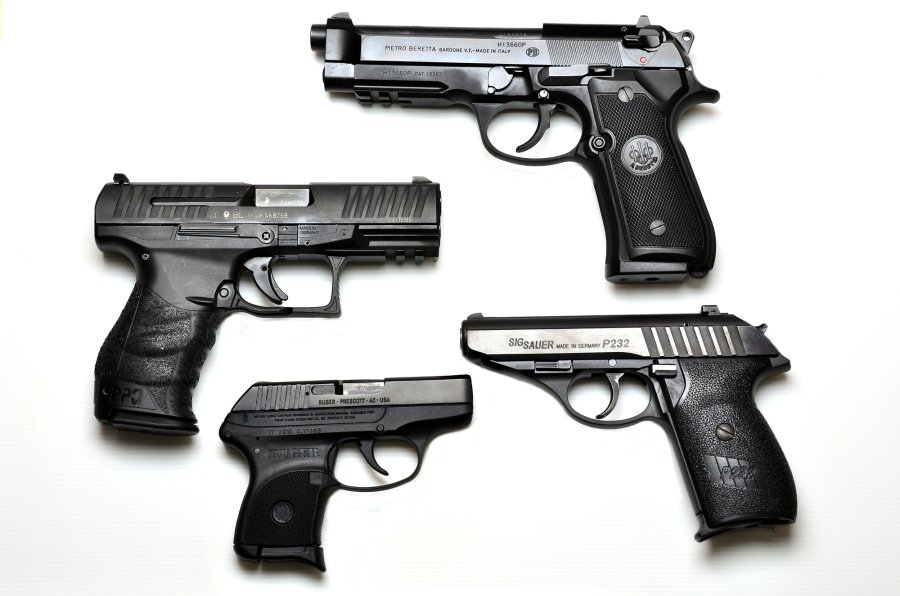
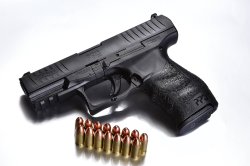
Ease of use
During a gunfight there's no time nor the necessary lucidity to think, so shooters should have a plan ready in advance: when your life is at stack, the more time you need to think about how to draw and operate your gun, the thinner your chances of success are.
The best thing would be to just draw, point, and pull the trigger: the brain shouldn't be asked to remember and elaborate other operations, which are simple as long as you perform them calmly at the range, but become hellishly complicated when your life is on the line.
Under stress, one may even forget to disengage a manual safety; this means that the perfect defensive pistol should feature no manual safety, no magazine safety, no key safety, but just automatic safeties that the shooter won't need to worry about, such as the striker and trigger safeties found on most, if not all, of modern striker-fired pistols.
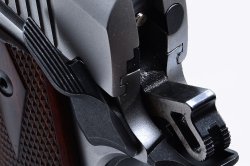
Single-action, double-action, SA/DA, or DAO?
Each and every of these trigger systems has its pros and cons. The SA/DA trigger pull found on revolvers and most semi-automatic pistols is theoretically more than perfect for personnel with little training, as it requires a longer trigger pull and sports a heavier trigger weight when the first shot is fired in double action.
Technically speaking, this would prevent accidental discharges; unfortunately, the double-action trigger becomes useless when shooters get used to carrying their gun without a round in the chamber, and must thus rack the slide upon drawing, as this will automatically set the trigger to single action. Recent studies regarding involountary muscle twitches under stress shown that the strenght of an index finger in a hand that closes involountarily out of fear is superior to the amount required to pull any of the triggers currently found on commercial and service firearms, even these with the heaviest trigger pull.
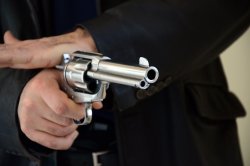
Footages from real shootings and the daily headlines show that, should the "Never put your finger on the trigger unless you're ready to fire" rule of gun safety be ignored, increasing the trigger weight alone won't be enough to avoid accidental discharges.
Furthermore, SA/DA trigger pistols require extra training for shooters to handle the first shot in double action and the following shots in single action with the same level of proficiency.
We should thus go for pistols featuring a constant trigger pull. DAO (Double-Action-Only) revolvers or semi-automatic pistols require a little bit more training, but will still allow accuracy and speed in shooting. These semi-automatic pistols that feature an all-internal striker which is partially or totally cocked by the slide cycle are even better: this technical layout is generally cause for an extremely short trigger pull and reset, allowing faster shooting.
Furthermore, these platforms allow the trigger weight to be enhanced or reduced through the replacement of certain parts, to suit the shooter's now needs and preferences.
The single-action-only trigger pull found in old revolvers, such as Colt-system "Peacemakers" and knock-offs thereof, requires extensive training for defensive use, and even more extensive training for carry, as they will be effective only when carried in Condition One, they have a hair trigger and feature no manual safety whatsoever. These should thus only be considered for home and property defense, not for carry, and only in case of emergencies and if there's nothing better around to pick
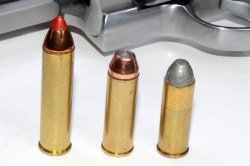
The right caliber
This aspect alone would require an entire article for itself, but let's be quick and brief: we have been buying treatises and essays as high as telephone books, studying statistics and test outcomes, reading magazines for years, literally, to find out which caliber is better than all others for self defense.
When it comes to defensive shooting, the most important thing is to neutralize the threat as quickly as possible, making the attacker unable to carry on his/her aggression. Now: the kinetic properties of all (and we REALLY mean all) the most commonly encountered pistol or revolver calibers will only rarely grant a one-shot stop. This is a result that may only be achieved by a direct hit to the central nervous system, a very localized area of the body that even the most skilled shooter will have a hard time to hit when under stress for his/her own life.
Outside of this hypothesis, the individual resistance of a man or woman to gunshot wounds may change, depending from several variants. Adrenaline, alcohol, drugs, and even the individual lifestyle will create the basis for an enhanced or reduced resistance. We may thus say that all "overkill" calibers − those whose kinetic energy levels may make them difficult, if not impossible, to control, and/or cause enormous collateral damage in home defense or urban combat scenarios − should be left on the shelves; shooters should rather pick their choice depending from their own personal experience. Their training should lead them to pick the right gun/caliber combo, although there's a psychological factor related to the personal preference of a gun or a caliber over others.
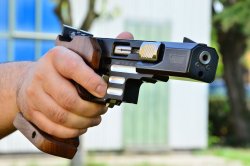
Conclusions
There's no "ultimate" defensive pistol or revolver out there: each and every one of us must choose the gun that better fits his/her needs and preferences, and each shooter should take his/her phisical build and training level when picking the choice.
The so-called "Hand cannons" − large-frame, high caliber pistols and revolvers, extremely difficult to control and basically impossible to carry, either concealed or openly due to their bulk and weight − should always be avoided when choosing a defensive pistol; at the same time, so should be all these lilliputian-style handguns conceived for backup purposes but less than ideal as primary defensive weapons. Same goes for competition guns: excellent for sports shooting, acceptable for home defense if there's nothing better around, but not a good idea overall when it comes to personal protection.
Luckily enough, the modern guns market offers a plethora of quality semi-automatic pistols and revolvers specifically conceived for personal, family, home and property defense. So, the choice is your... and choose wisely!
